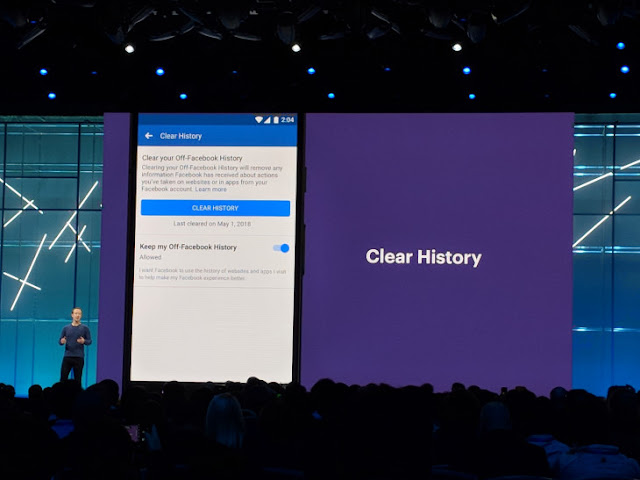Silicon has been the
semiconductor material of choice for electronics pretty much since the
transistor effect was first observed and identified nearly 80 years ago.
There's a valley in California
But a relatively new family
of semiconductors – group III-nitrides, including gallium nitride (GaN), indium
nitride and aluminum nitride – offers greater versatility than silicon with capabilities
for ultrafast wireless communications, high-voltage switches and high intensity
lighting and photonics.
A team led by Debdeep Jena,
professor of electrical and computer engineering (ECE), and David Meyer, head
of the Wide Bandgap Materials and Devices section at the Naval Research
Laboratory, has successfully devised a semiconductor-superconductor crystalstructure featuring GaN grown directly onto a crystal of niobium nitride (NbN),
a proven superconductor material used in quantum communications, astronomy and
a host of other applications.
The group's paper,
"GaN/NbN Epitaxial Semiconductor/Superconductor Heterostructures," is
being published online March 8 in Nature.
Former postdoctoral researcher Rusen Yan and current postdoc Guru Khalsa are
co-lead authors.
Other key contributors were
Grace Xing, the Richard Lundquist Sesquicentennial Professor in ECE and MSE,
and David Muller, the Samuel B. Eckert Professor of Engineering in the
Department of Applied and Engineering Physics.
The method for combining
the two materials – molecular beam epitaxy (MBE), essentially spray painting of
gallium and nitrogen atoms onto the NbN in a vacuum environment – creates an
extremely clean interface and is key to the success of the novel structure.
This advance, the group
says, opens up a range of possibilities that can now combine the macroscopicquantum effects of superconductors with the rich electronic and photonic
properties of group III-nitride semiconductors.
"People have tried it
with other semiconductors, like silicon and gallium arsenide, but I don't think
anything has been as successful as what we've managed to do with GaN,"
said Jena
Gallium nitride-based
semiconductors have recently made major inroads in the areas of LED lighting,
Blu-ray laser diodes, energy and communications. In fact, the 2014 Nobel Prize
in physics was given to a trio of Japanese scientists for their invention of
energy-efficient blue light-emitting diodes (LEDs) using GaN.
Technological advances –
particularly the type of MBE used in this work, which was developed at the
Naval Research Laboratory – has made it possible for scientists to think about
semiconductor-superconductor heterostructures such as the one Jena's group has
developed.
The specialized nitride MBE
system includes an electron beam evaporator source, which "melts" the
niobium – which has a melting point of around 4,500 degrees – but not the
crucible it's in. Atoms of niobium are deposited onto a silicon carbide wafer,
and the GaN semiconductor layers are then grown on top of that, also by MBE.
"This new source
allowed us to overcome the temperature limitations of conventional sources, and
bring high-melting-point, refractory transition metals like niobium and
tantalum into the picture," Meyer said.
The team demonstrated for
the first time the growth and fabrication of a semiconductor transistor switch, the
prototypical gain element in electronics, directly on top of a crystalline superconductor
layer. This heterostructure is a kind of "best of both worlds," Jena
"There are some things
that we would love to do with quantum systems – quantum computation and
cryptography, things that are not possible in classical systems," he said.
"On the other hand, there are things that classical systems are much
better at than quantum systems. And there is this mesozone where you can do
wonderful things by mixing and matching the two."
"We think this
presents a wonderful opportunity for rapid technology development of
next-generation communications and computation systems," Meyer said.



No comments:
Post a Comment